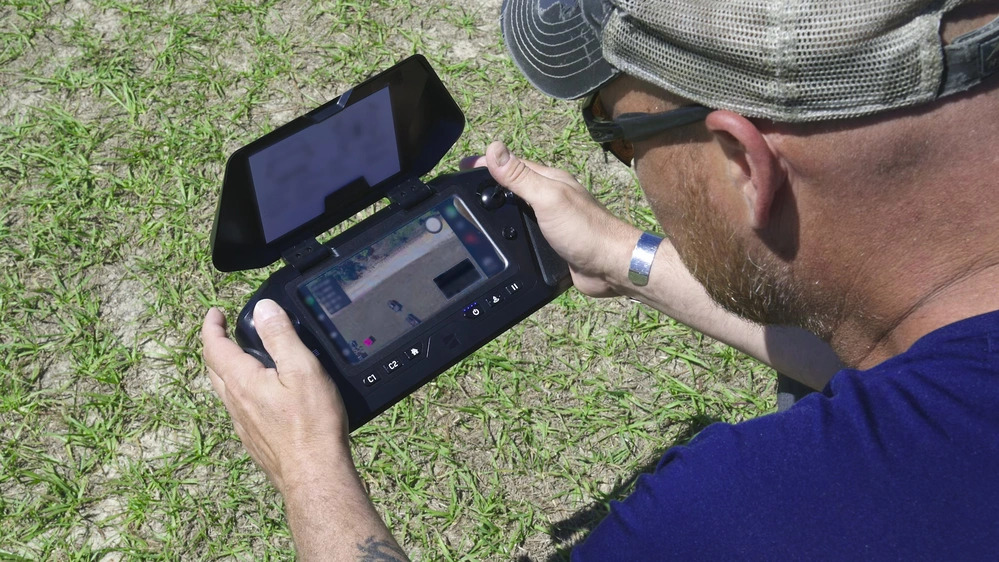
Recently, members of the National Geospatial-Intelligence Agency’s Warfighter Support Office, the U.S. Army’s XVIII Airborne Corps, a national lab and a technology company tested artificial intelligence capabilities near Fort Bragg, North Carolina.
The team tested a prototype capability known as the GEOINT AI/ML Based Light-Edge Resilient system, or GAMBLER. It is a set of mission-focused AI capabilities aimed at directly supporting warfighters in the field. The system uses unclassified video and still images from tactical sources and rapidly identifies, locates and catalogues detected objects. GAMBLER can then disseminate the data to handheld devices and to upper networks for situational awareness.
“One of those problems we are working on is moving the ability to make AI models in the field that are integrated into the warfighters collection, processing and dissemination paths ... Especially in communication challenged environments,” said NGA’s Warfighter Support Office director.
During the testing, the team performed multiple test objectives, including data and scenario collection, real time model construction, processing of detections and distribution to multiple systems.
“GAMBLER is designed to be operated by the warfighter,” said the office’s chief engineer. “It’s about pairing the capabilities of GEOINT, machine learning, AI and mesh networks to reduce the amount of time it takes to identify important objects and quickly pass that tactical situational awareness along to where a decision can be made or action taken.”
It enhances the warfighter's use of AI and GEOINT at the tactical edge to support any number of military missions, he added.
Also, the team designed scenarios in which personnel were moving around a village training area and tunnel system with backpacks, weapons and bags to determine illegal or illicit activity by individuals, for potential use for security missions.
GAMBLER is designed to support users in denied, degraded, intermittent and latent environments. To do this, GAMBLER supports multiple communications paths.
The agency’s Warfighter Support Office team tested this capability during the exercise.
With support from service members at Fort Bragg and Fort Huachuca, Arizona, the team tested new software that allows detections and image tiles to be sent over different frequencies for long distances.
The team successfully distributed image detections via portable radios to locations across the United States.
Another significant objective was to test the performance of the GAMBLER software on low-cost, small-form-factor hardware.
Without adapting the software or models, the smaller system performed very well compared to the larger original system. These modifications drastically reduce the GAMBLER footprint and use much less power.
The lessons learned, test measurements and improvements are already being designed and implemented for the next version of GAMBLER.
Disclaimer: The appearance of U.S. Department of Defense (DoD) visual information does not imply or constitute DoD endorsement.
Story accessed on DVIDS, originally by National Geospatial-Intelligence Agency

Mike BerkMike Berk is still getting settled into his new office and home, but his enthusiasm for his new role as CEO of Longleaf Pine REALTORS® is already in full swing. Just a few weeks into the job, the association management veteran sat down with